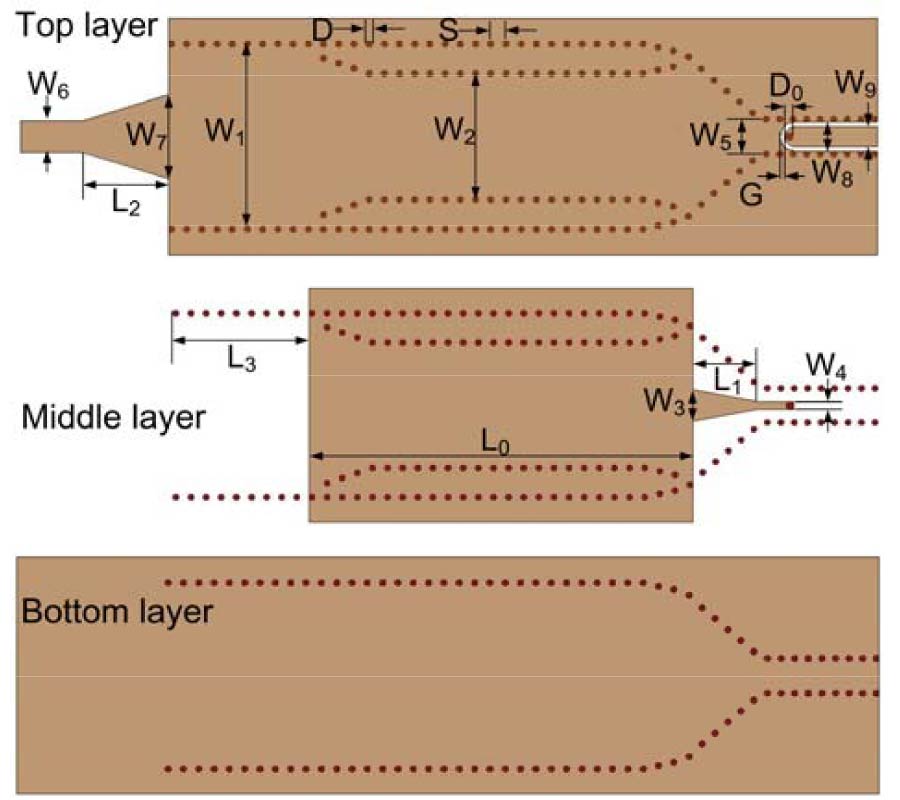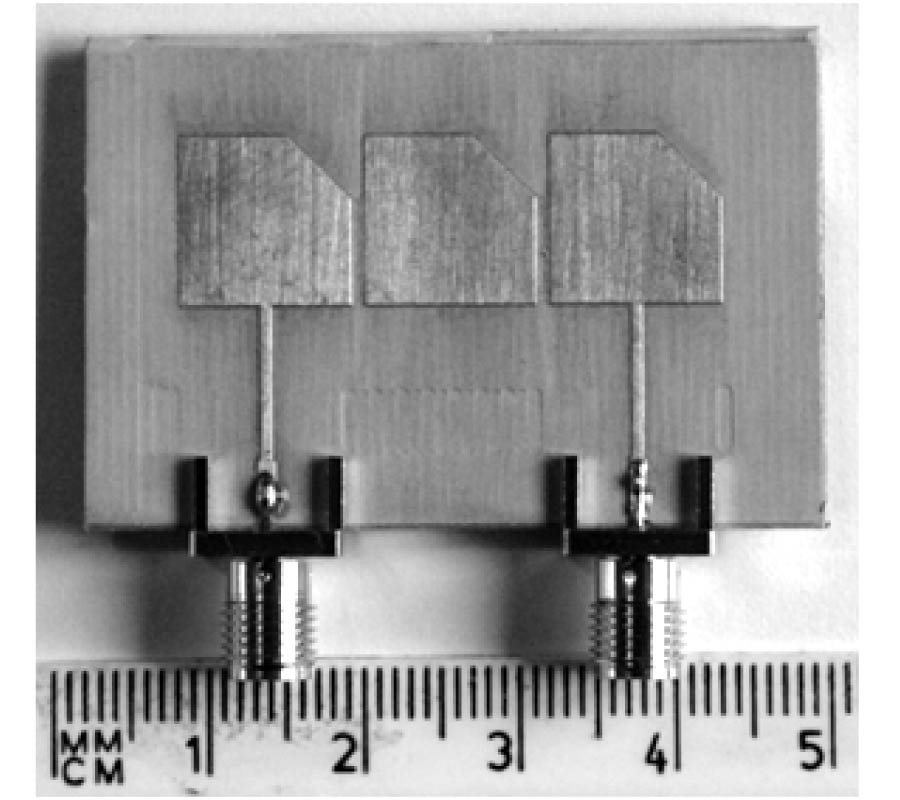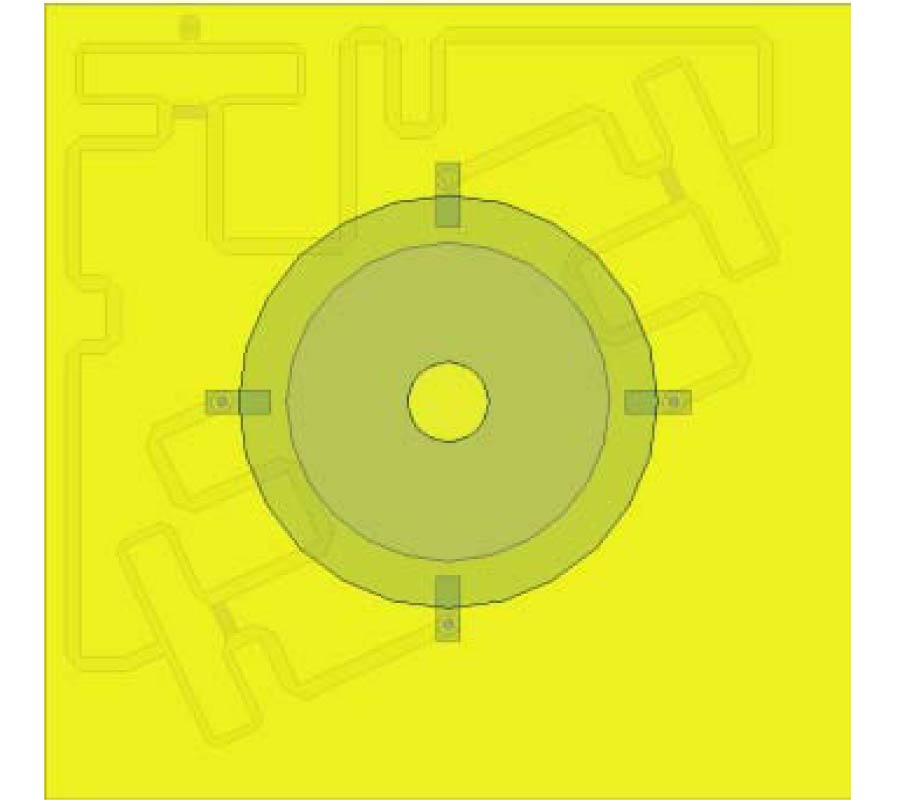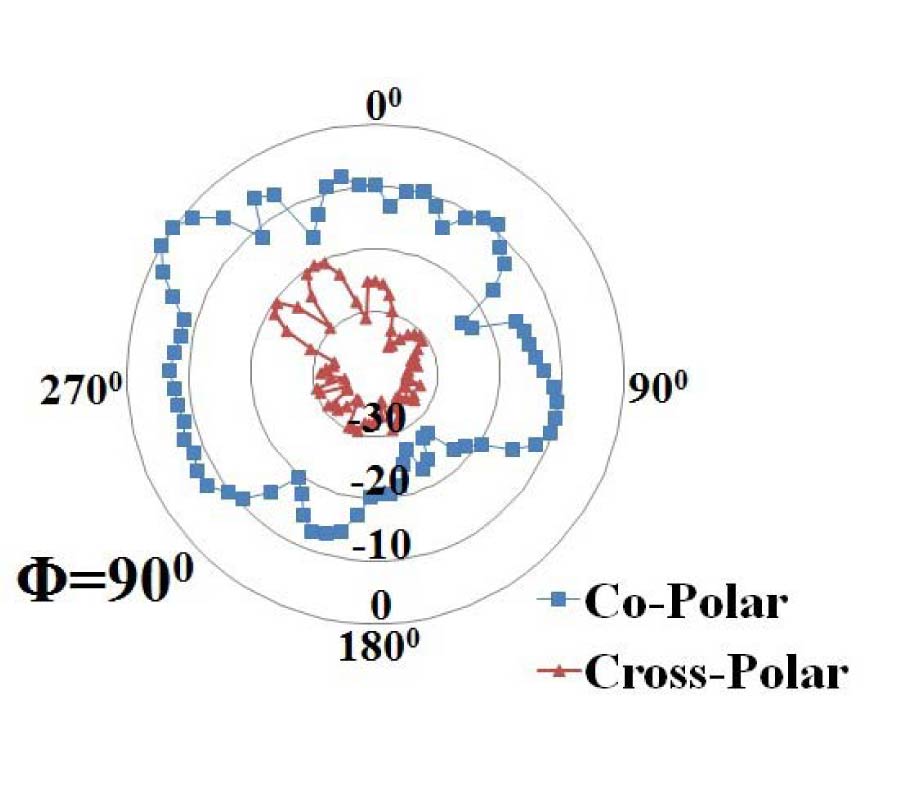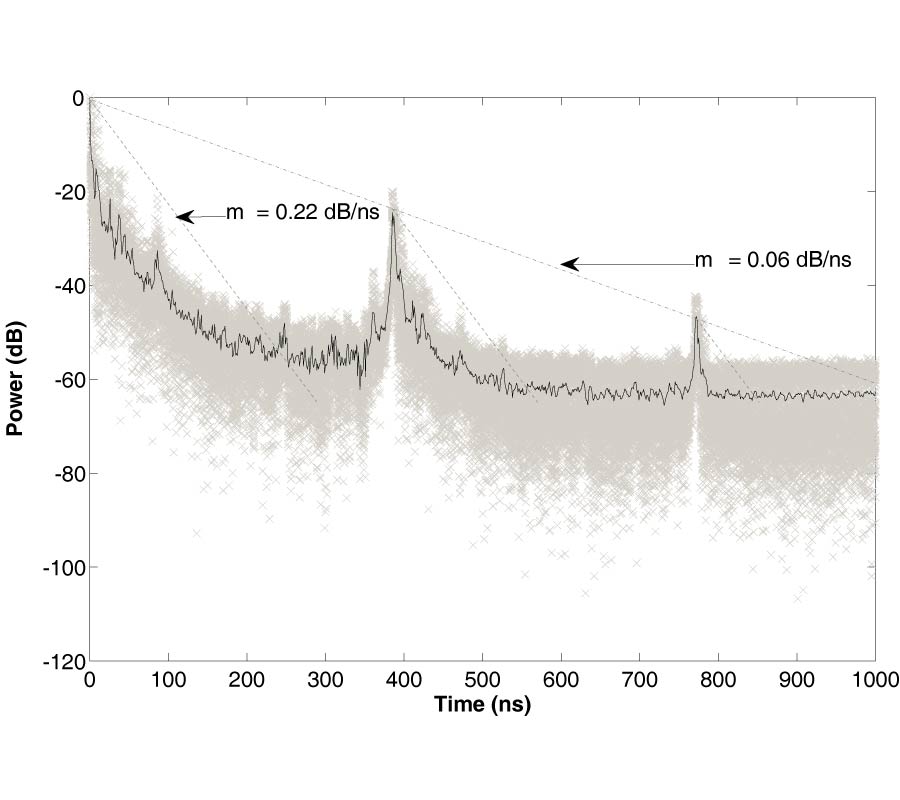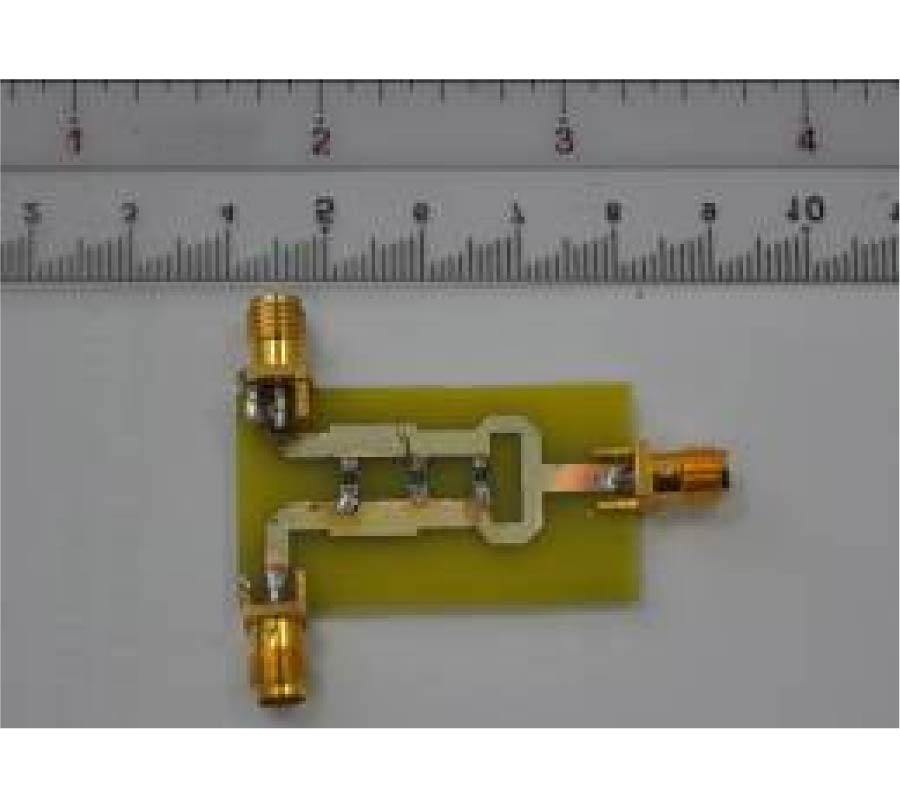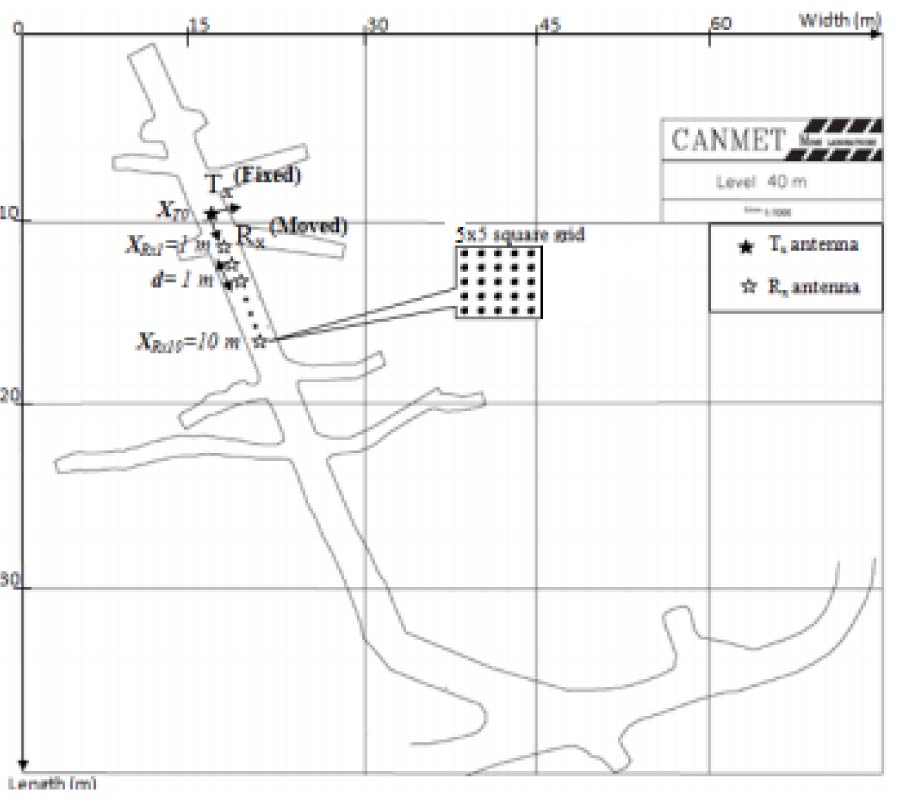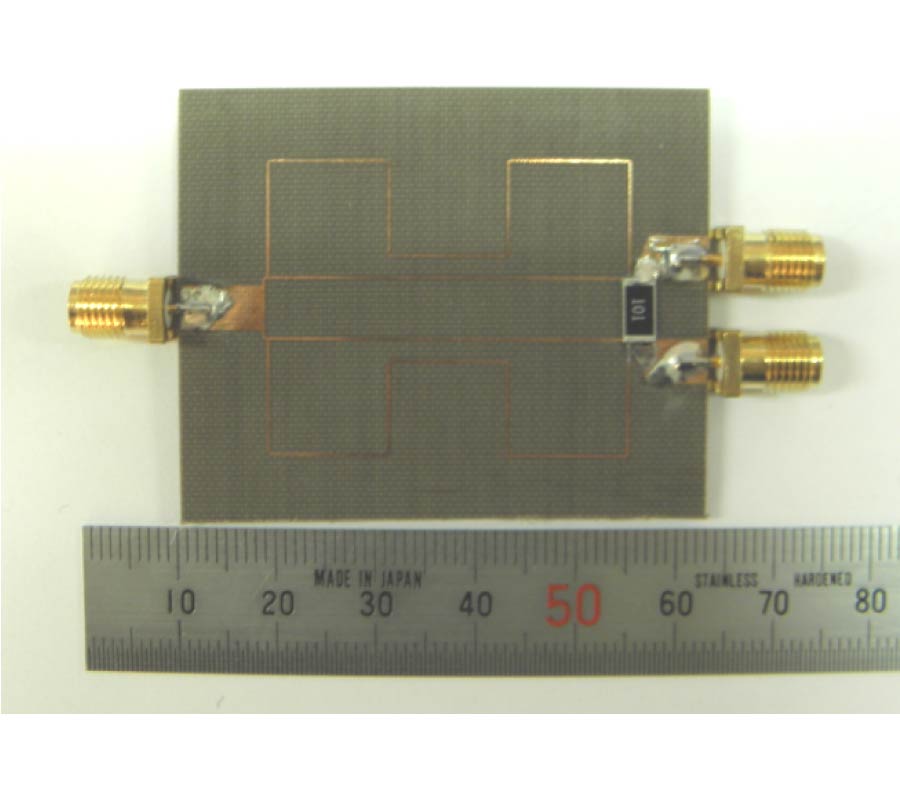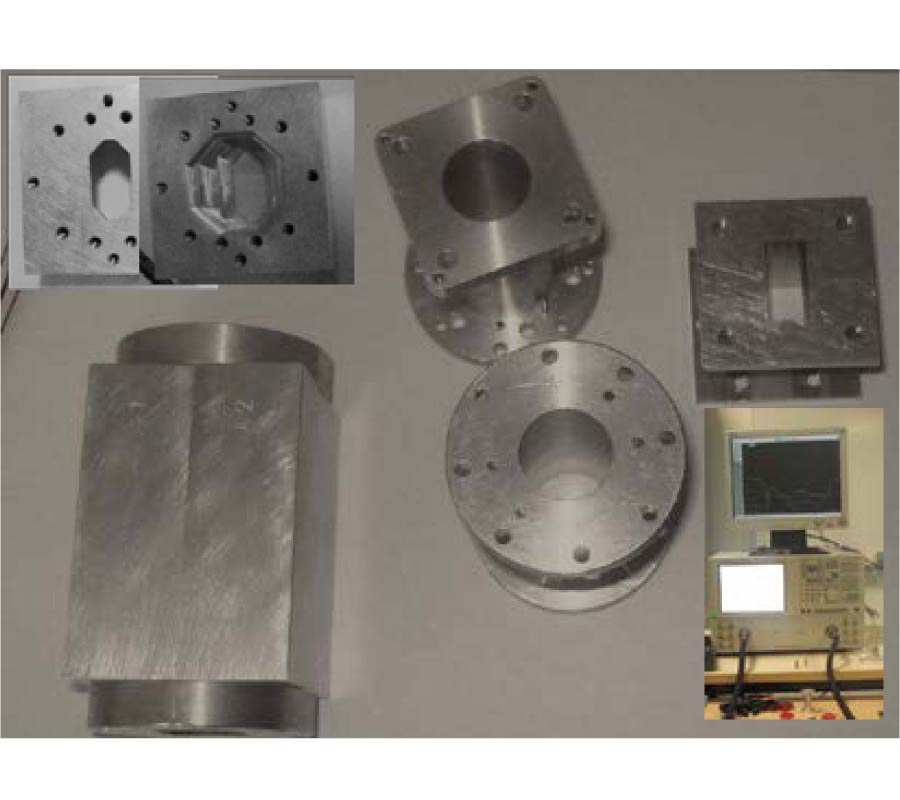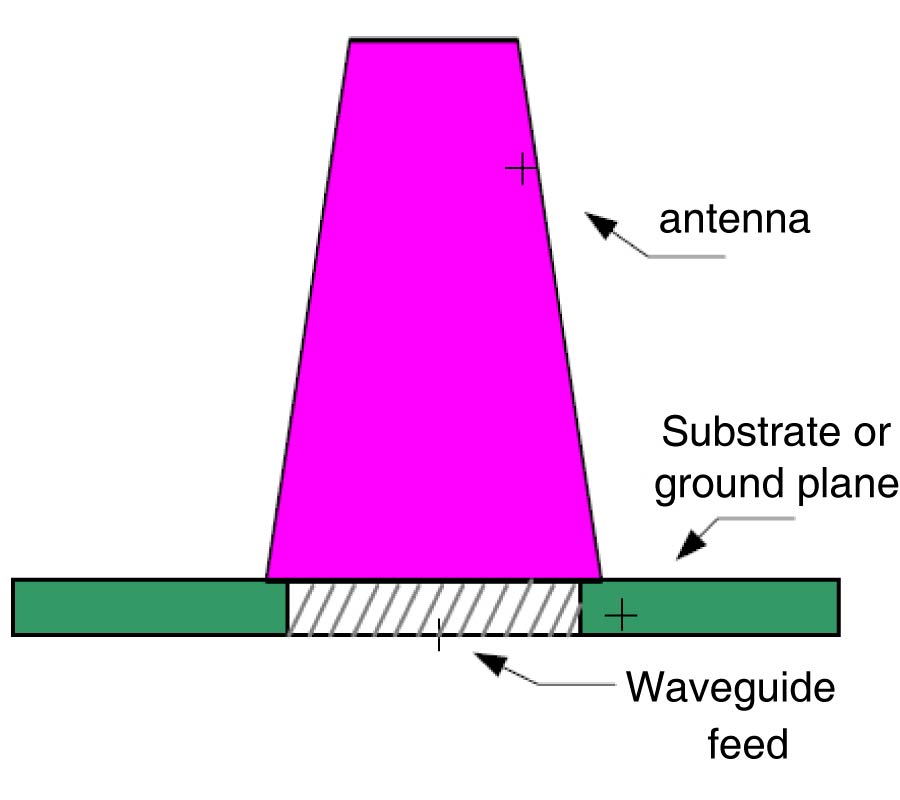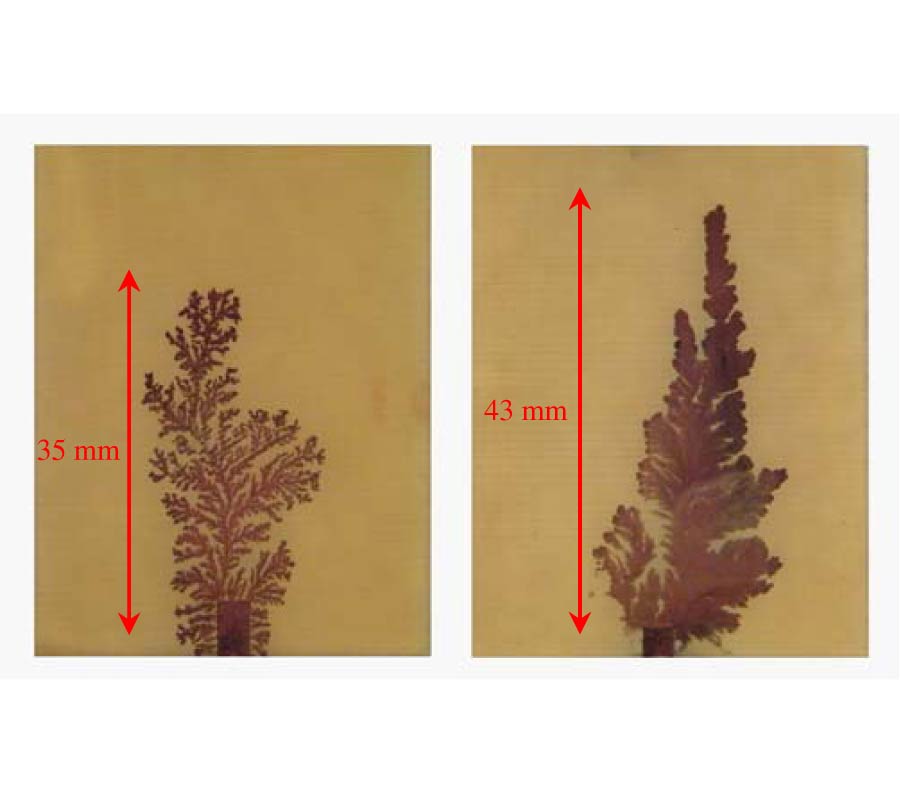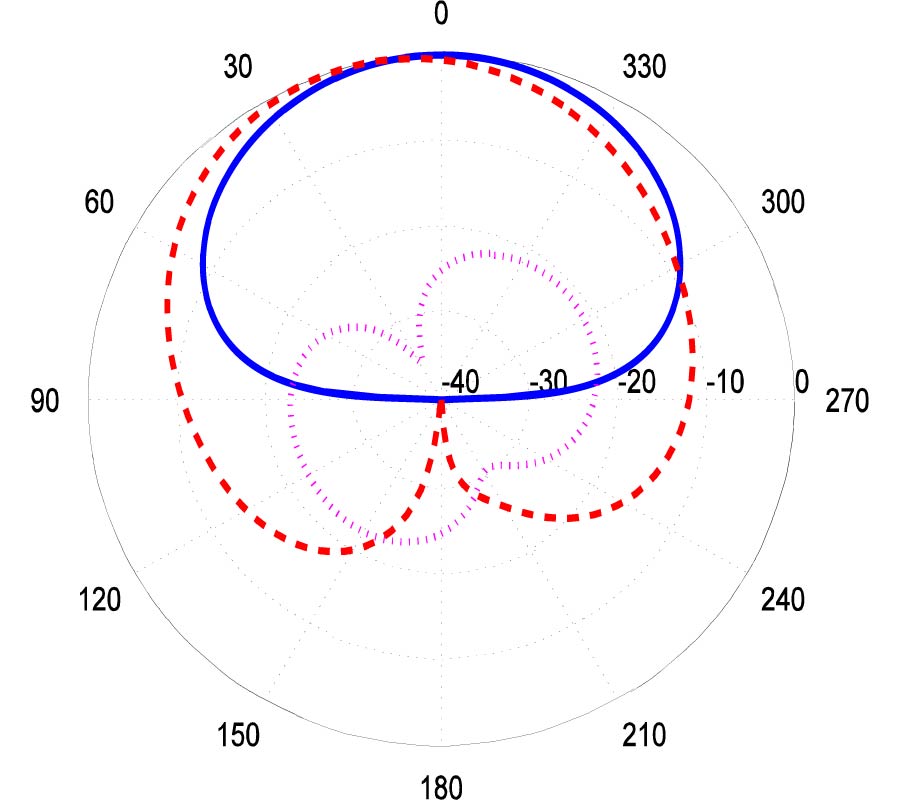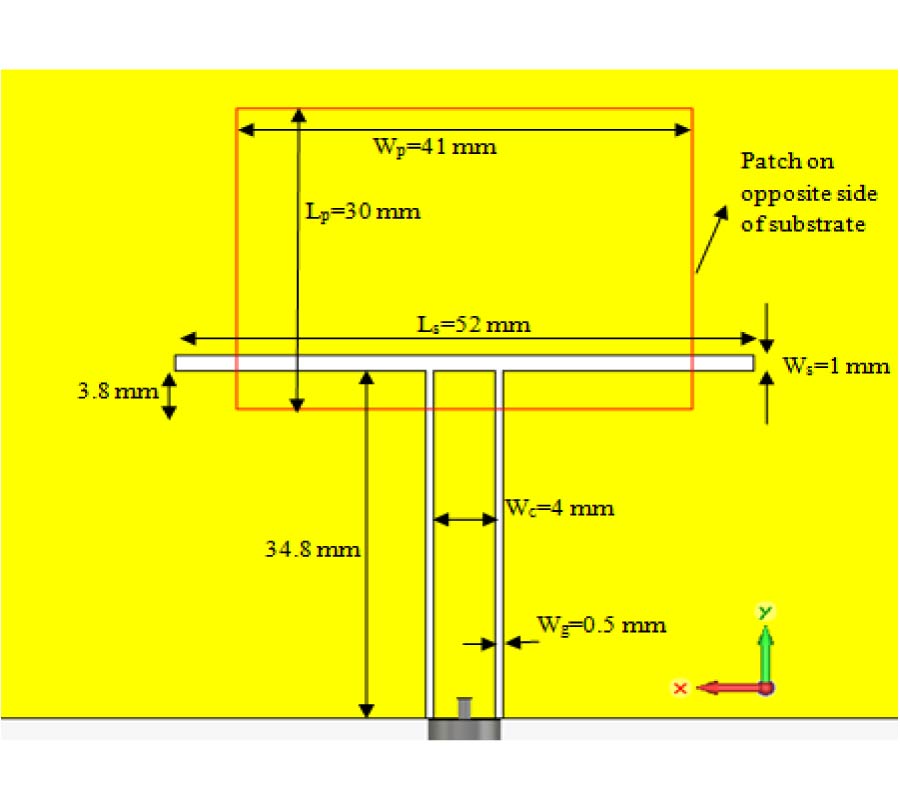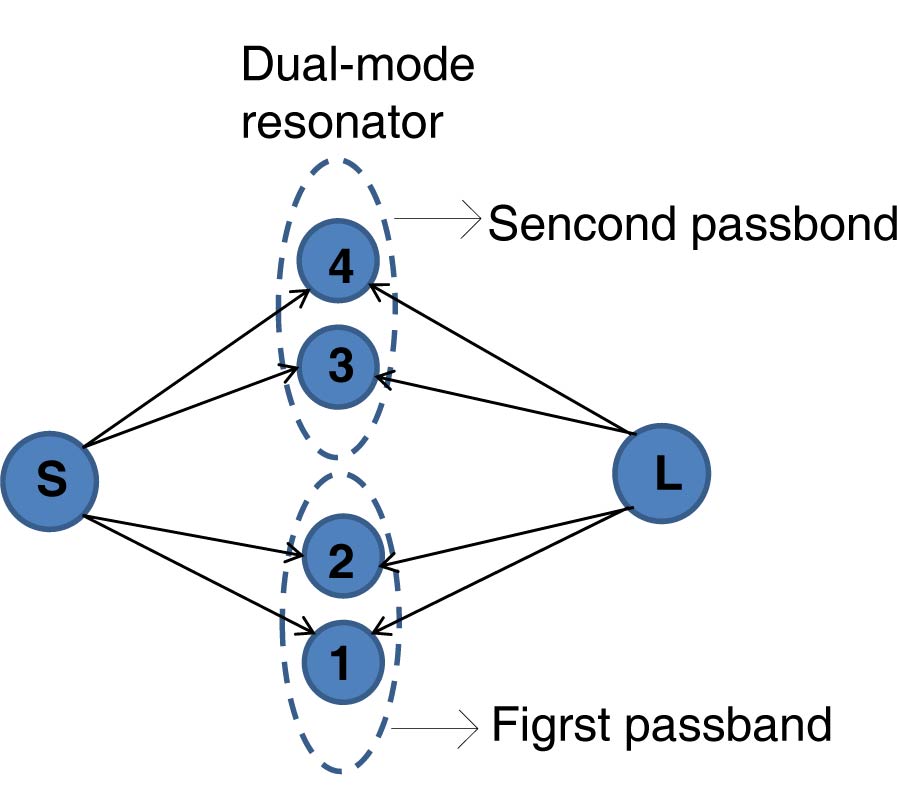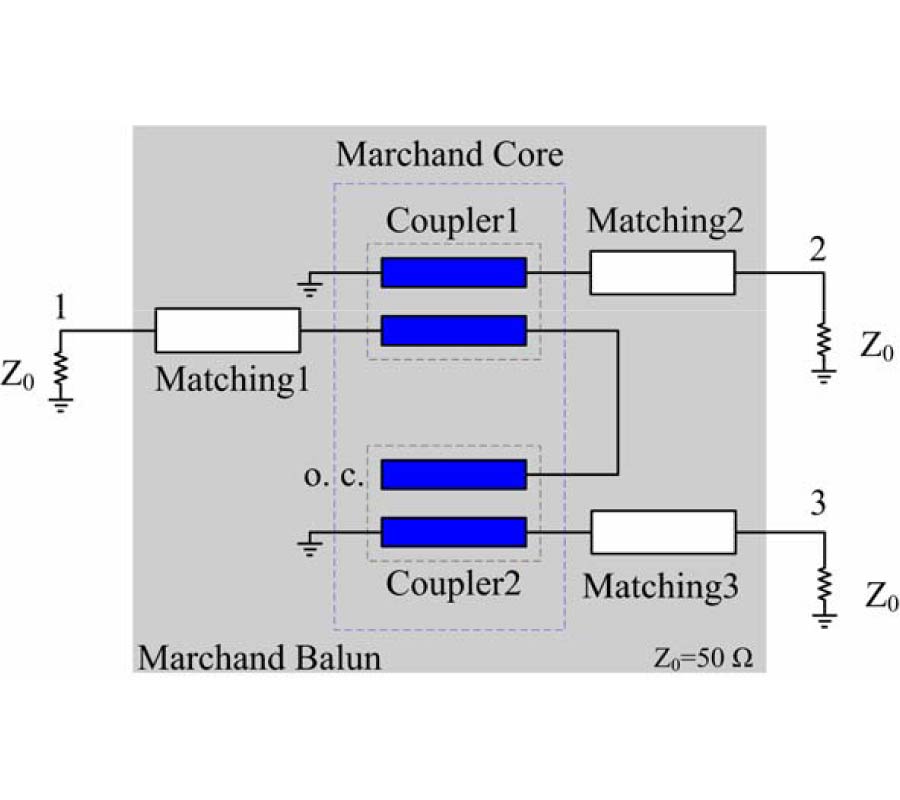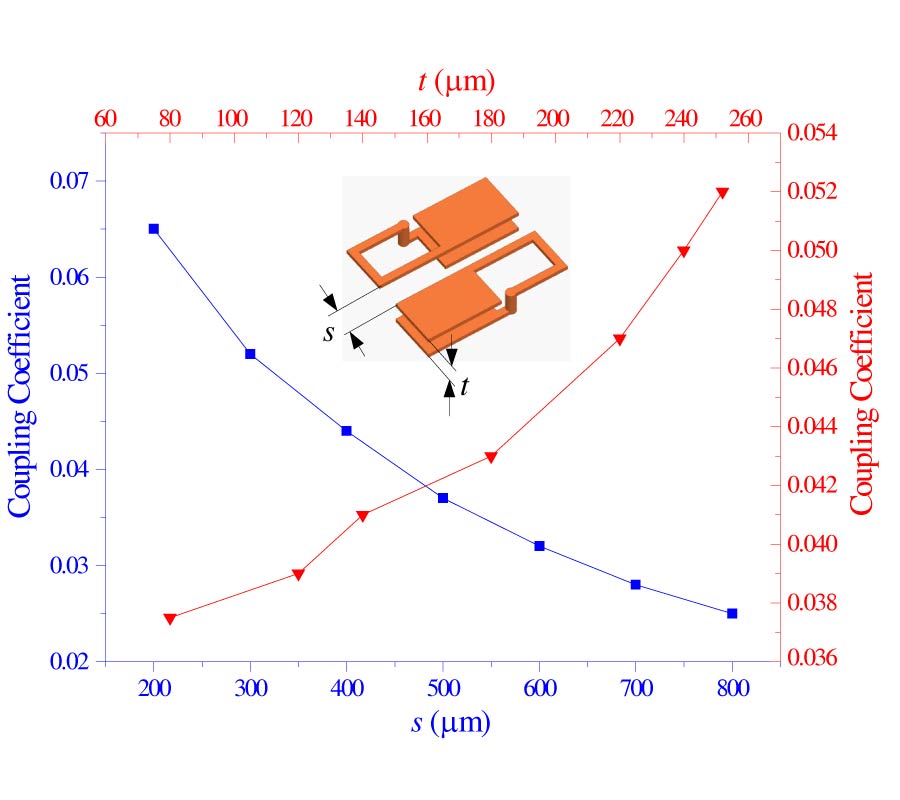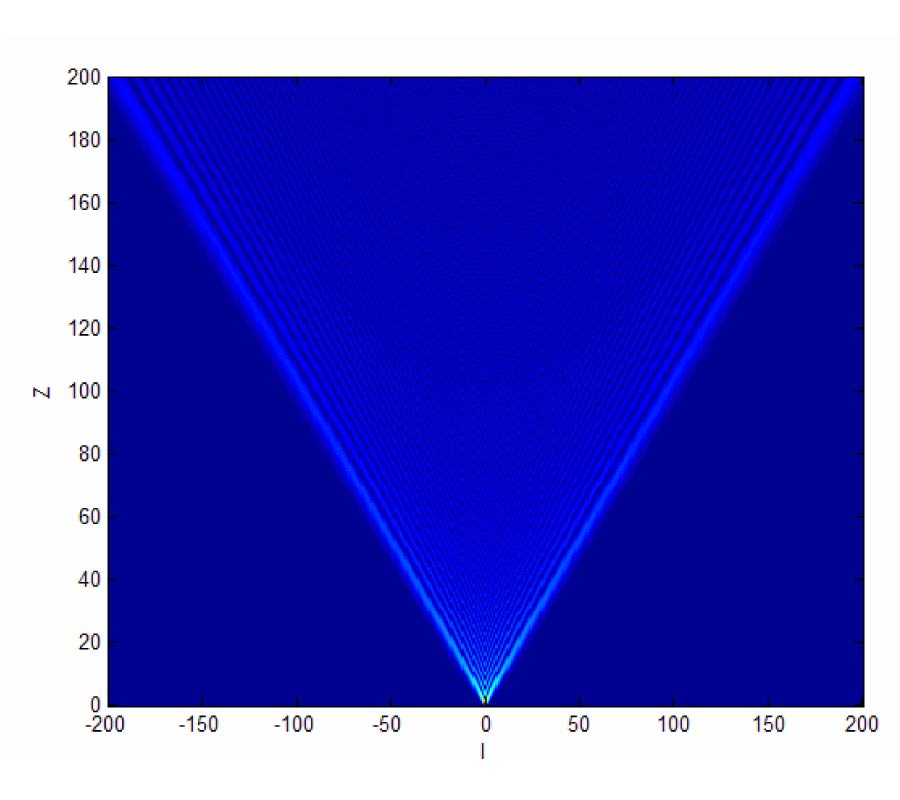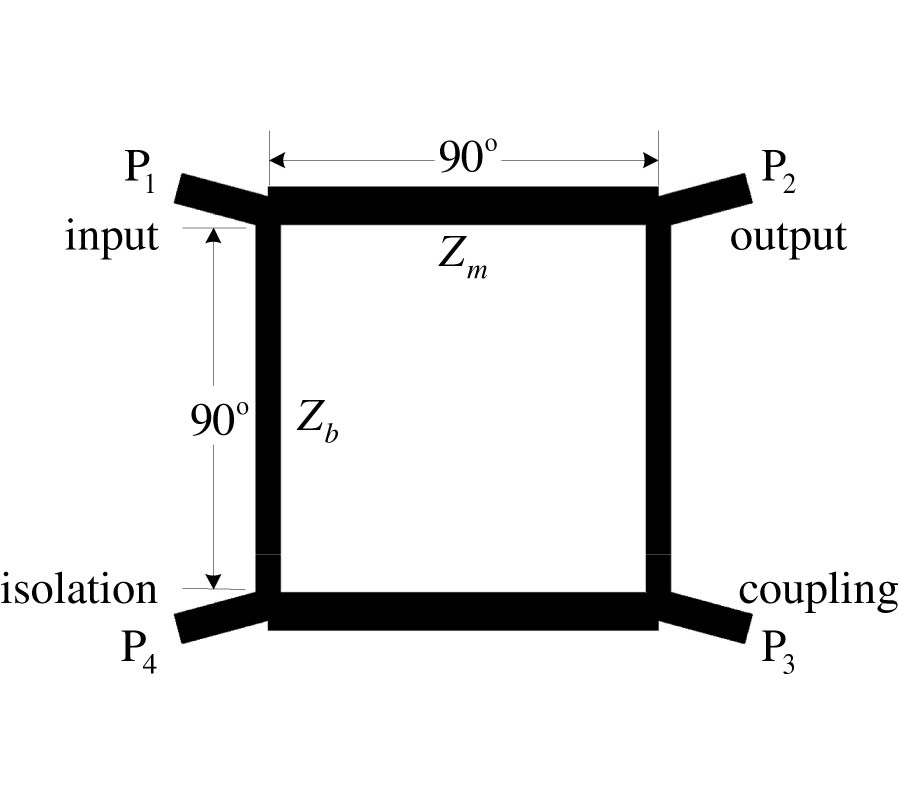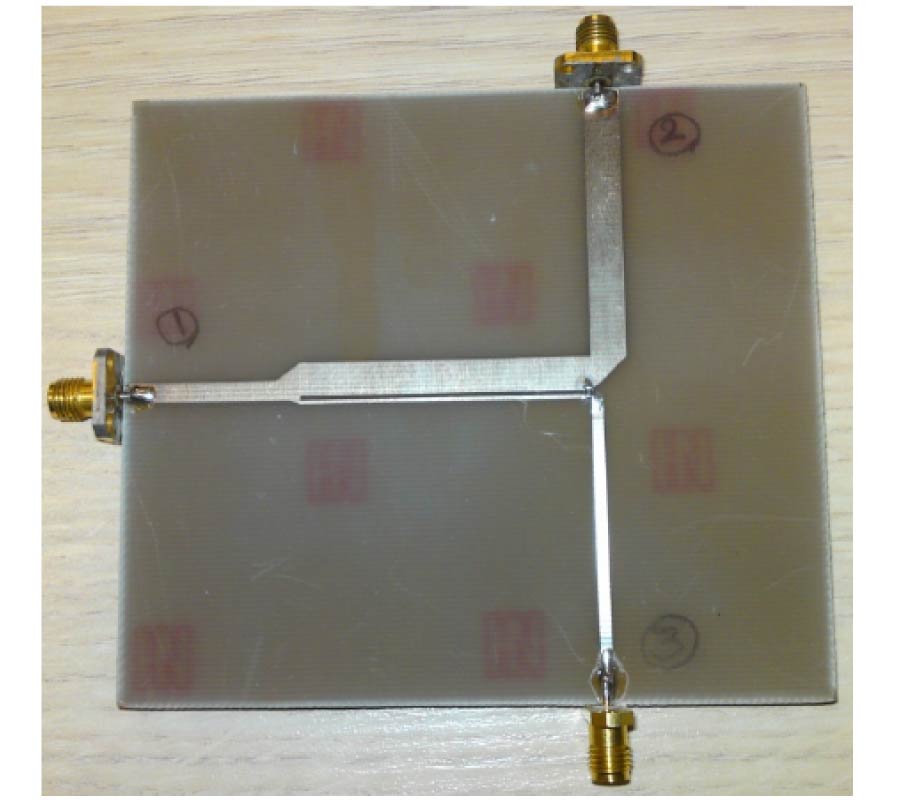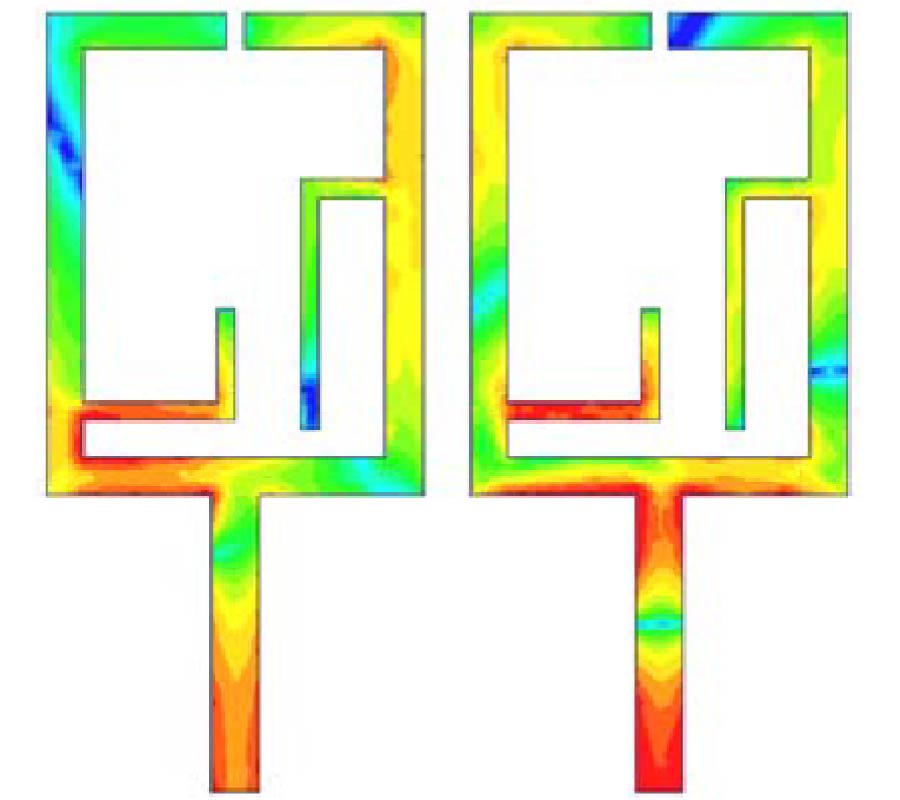2013-01-24 Latest Published
By Qiang Liu
Yuan'an Liu
Yongle Wu
Jun-Yu Shen
Shulan Li
Cuiping Yu
Ming Su
Progress In Electromagnetics Research C, Vol. 36, 249-259, 2013
Abstract
In this paper, a novel substrate integrated waveguide (SIW) to substrate integrated coaxial line (SICL) transition using the 3 dB SIW power divider (PD) and SIW 180° phase shifter (PS) is proposed. The SIW-to-SICL transition realizes the easy integration of SIW, SICL, and active device in the same microwave communication system based on the substrate-integrated technology (SIT). To validate the design concept, the prototype has been fabricated and measured. Measurements are in good agreement with simulations, and shows that the SIW-to-SICL transition features ultra-low insertion loss lower than 0.25 dB and with a fractional bandwidth over 10%.
